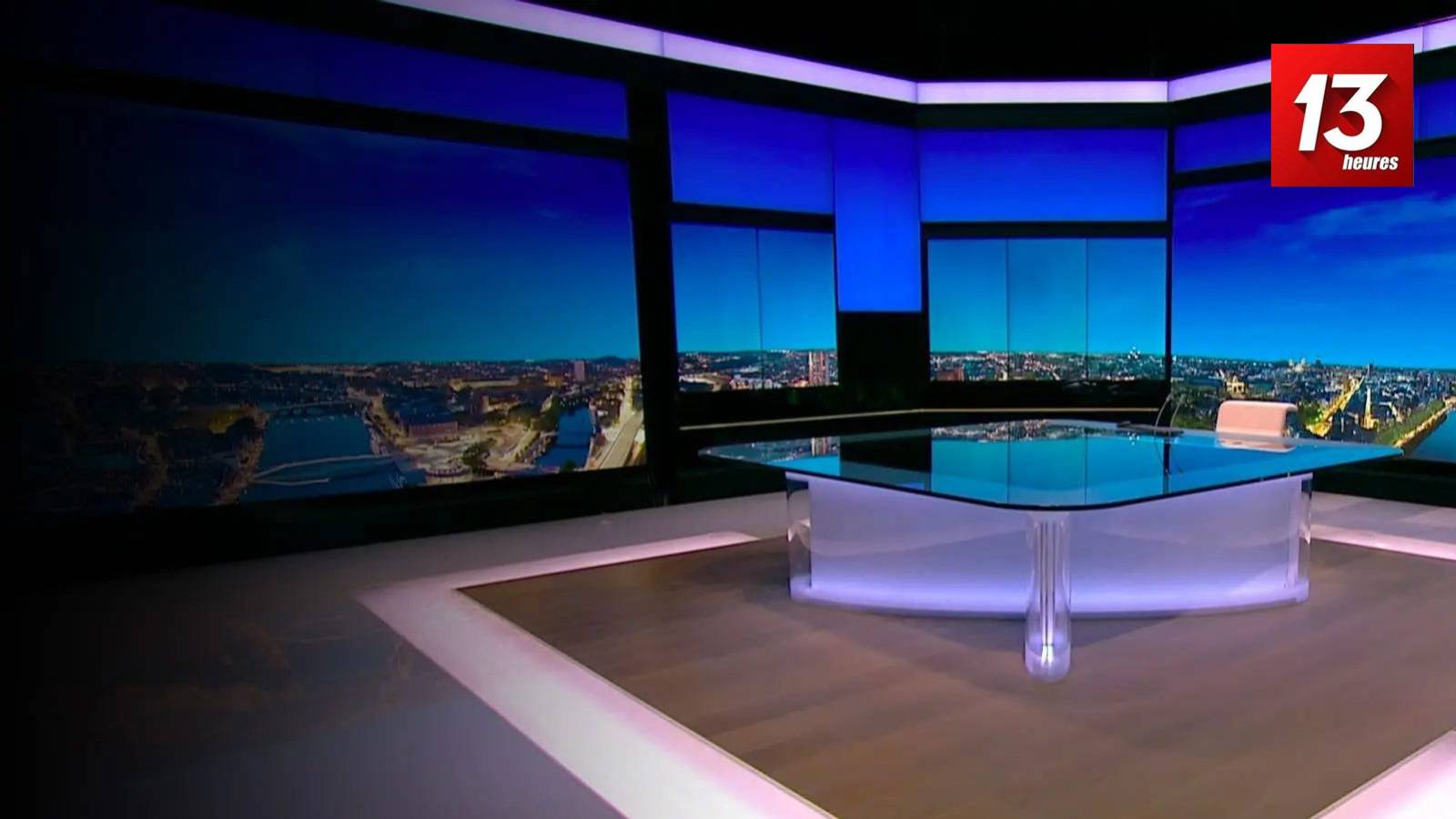The Architect's Dilemma: Virtue Signalling And The Future Of Design

Table of Contents
The Allure and Pitfalls of Virtue Signaling in Architecture
Virtue signaling, the act of publicly expressing opinions or sentiments intended to demonstrate one's moral superiority, is increasingly prevalent in the architecture and design industry. The pressure to appear environmentally conscious is immense. Architects face multiple pressures driving this trend:
- Increased media attention for "green" projects: Publications and social media platforms readily highlight projects with sustainable features, creating a strong incentive for architects to promote their own "green" credentials, regardless of the project's true sustainability.
- Pressure from clients demanding sustainable credentials: Many clients, driven by rising environmental awareness and corporate social responsibility initiatives, actively seek architects with experience in sustainable and ethical design. This can incentivize architects to overstate their capabilities.
- Competition amongst firms to showcase ethical initiatives: In a competitive market, architectural firms may feel compelled to emphasize their commitment to sustainability and social responsibility to attract clients and win projects.
- Potential for misrepresentation of actual sustainable practices: The lack of standardized metrics and rigorous auditing can allow for "greenwashing," where projects are marketed as sustainable despite lacking genuine commitment to environmental responsibility.
The danger lies in prioritizing image over substance. A building might feature a striking green roof, but lack adequate insulation or employ energy-intensive materials. This prioritization of aesthetics over functional sustainability undermines the true goals of green architecture and responsible architecture. Examples of misleading marketing tactics include using misleading imagery or exaggerating the environmental benefits of specific design choices.
Defining Authentic Sustainable and Ethical Design
Sustainable design transcends superficial aesthetics. It demands a holistic approach, encompassing the entire lifecycle of a building and considering its social and environmental impact. True sustainable design incorporates:
- Focus on lifecycle assessment and embodied carbon: This involves analyzing the environmental impact of materials from extraction to disposal, prioritizing materials with low embodied carbon footprints.
- Prioritizing locally sourced materials and minimizing transportation impact: Reducing transportation distances reduces carbon emissions associated with material delivery.
- Designing for longevity and adaptability: Buildings should be designed to last, minimizing the need for frequent renovations and replacements. Adaptability ensures buildings can adapt to changing needs and climates.
- Incorporating principles of universal design and accessibility: Creating inclusive spaces accessible to people of all abilities is crucial for ethical design.
- Addressing social equity within design solutions: Sustainable design should consider the social impact of the project on the surrounding community, promoting equitable access to resources and opportunities.
Transparency and accountability are paramount. Architects should openly communicate their design choices, methodology, and the environmental performance of their projects. Certifications like LEED (Leadership in Energy and Environmental Design) and BREEAM (Building Research Establishment Environmental Assessment Method) provide valuable frameworks, but their limitations need to be acknowledged.
The Role of Technology and Innovation in Ethical Architectural Practices
Technology plays a crucial role in supporting sustainable and ethical practices. Innovative tools and techniques can significantly enhance efficiency and reduce environmental impact:
- BIM (Building Information Modeling): BIM improves collaboration, reduces waste, and optimizes resource management throughout the project lifecycle.
- Parametric design: This allows for the exploration of multiple design options, leading to optimized material use and waste reduction.
- AI and machine learning: These technologies can predict the environmental impact of design choices, enabling architects to make more informed decisions.
- Digital fabrication: This facilitates the use of locally sourced and customized materials, reducing transportation impacts.
However, access to and adoption of new technologies present challenges. Cost, training, and digital literacy gaps can hinder the widespread implementation of these tools. Ongoing education and professional development are critical for architects to keep pace with technological advancements and harness their potential for sustainable design.
The Client's Perspective: Demand for Sustainable and Ethical Architecture
The demand for sustainable and ethical architecture is growing steadily. Clients are increasingly aware of the environmental and social implications of building projects:
- Rising interest in eco-conscious design amongst homeowners: Consumers are becoming more informed about the environmental impact of their choices and actively seek eco-friendly housing options.
- Increased pressure from investors and developers for green building certifications: Investors recognize the financial benefits of energy-efficient and environmentally responsible buildings.
- Growing public scrutiny of building projects and their environmental footprint: Public awareness of environmental issues is increasing, leading to heightened scrutiny of building projects and their impact.
Effective communication is crucial. Architects must clearly articulate the benefits of sustainable design to clients, overcoming potential misconceptions and cost concerns. Educating clients about the long-term financial and environmental advantages of green building is essential.
Conclusion
The architect's dilemma highlights the tension between the pursuit of a positive public image and the genuine commitment to sustainable and ethical practices. While virtue signaling might provide short-term gains, long-term success in architectural design depends on a commitment to truly responsible and innovative approaches. Let's move beyond the architect's dilemma by prioritizing authentic sustainable design. Embrace transparency, innovation, and a holistic approach to architectural practice. Let's build a future of ethical design, ensuring that our buildings genuinely reflect our values and contribute to a more sustainable world. Learn more about ethical and sustainable architectural design today!

Featured Posts
-
 Toto Wolffs Sharp Rebuttal To George Russells Underrated Comments
May 26, 2025
Toto Wolffs Sharp Rebuttal To George Russells Underrated Comments
May 26, 2025 -
 Tour De France Nouveau Jeu De Management Cycliste De La Rtbf
May 26, 2025
Tour De France Nouveau Jeu De Management Cycliste De La Rtbf
May 26, 2025 -
 Hoka Cielo X1 2 0 Review A Comprehensive Look At Performance And Comfort
May 26, 2025
Hoka Cielo X1 2 0 Review A Comprehensive Look At Performance And Comfort
May 26, 2025 -
 Fotografii Naomi Kempbell V Chest Ee 55 Letiya
May 26, 2025
Fotografii Naomi Kempbell V Chest Ee 55 Letiya
May 26, 2025 -
 Philippine Tennis Star Eala Heads To Paris For Grand Slam
May 26, 2025
Philippine Tennis Star Eala Heads To Paris For Grand Slam
May 26, 2025
